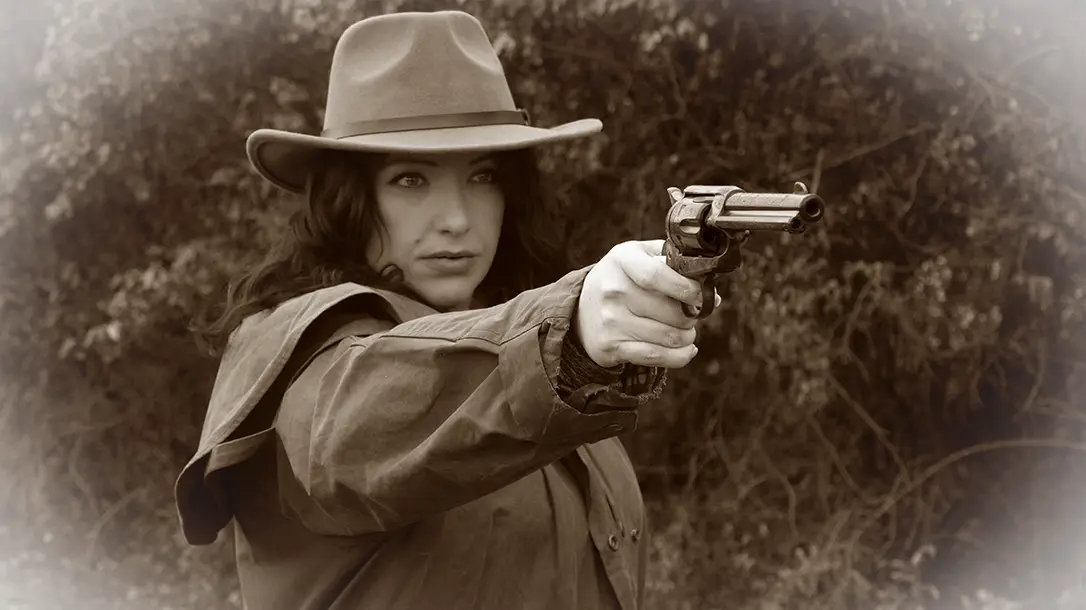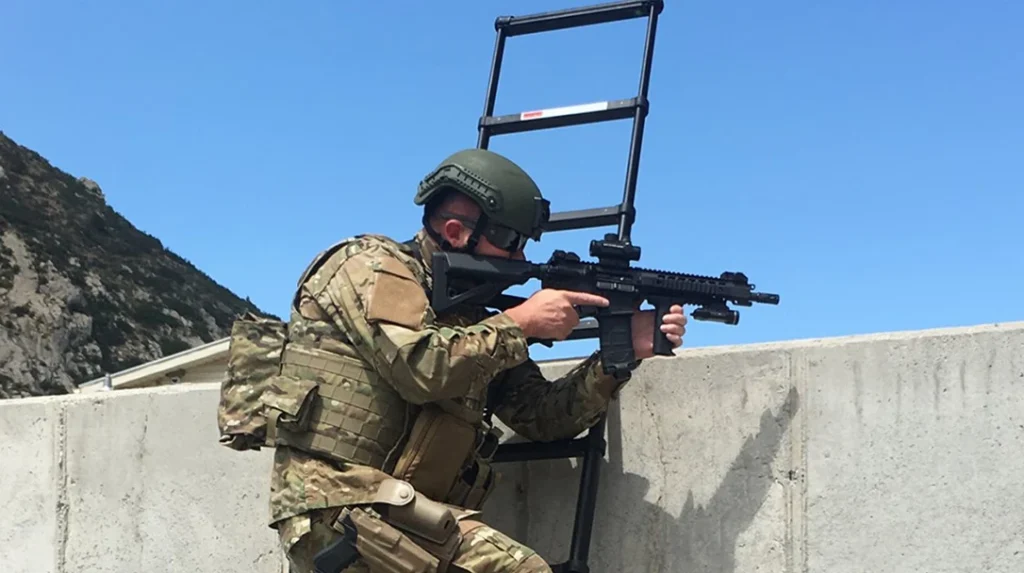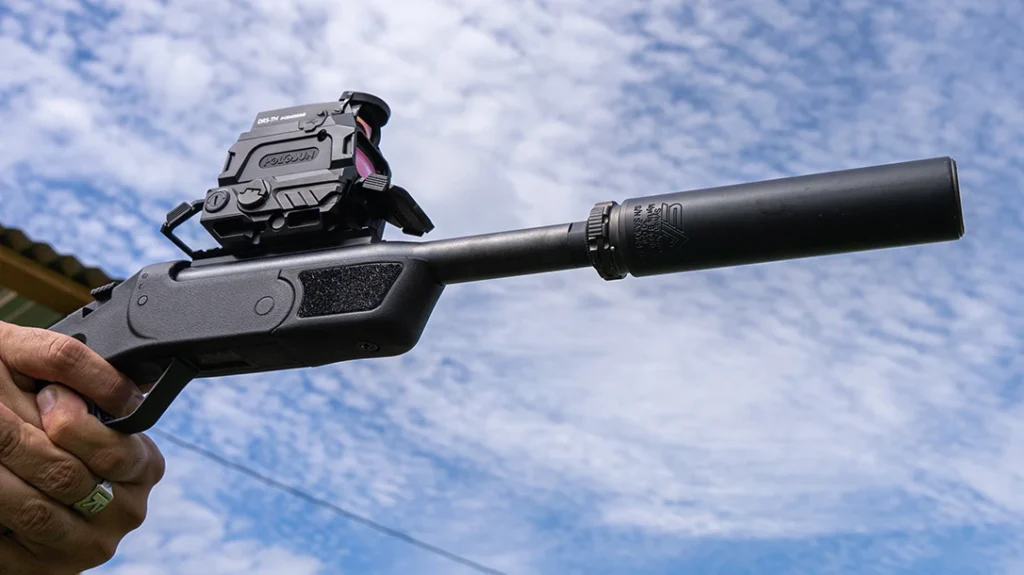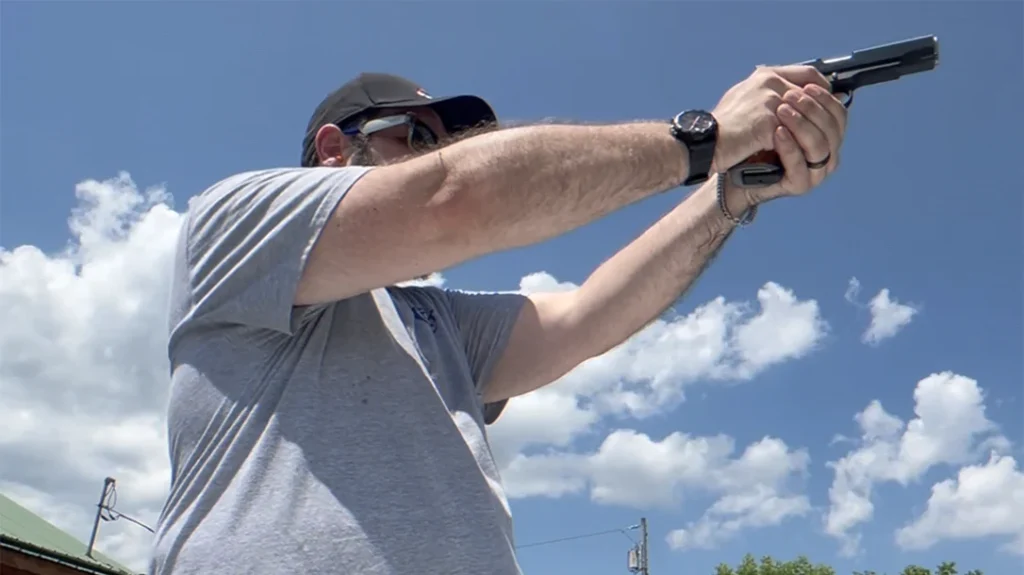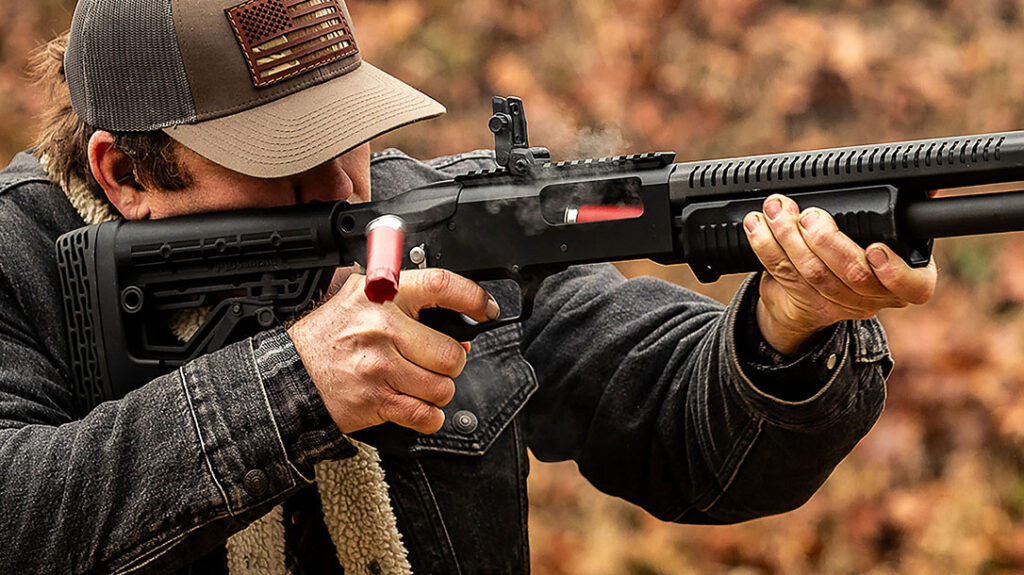“Well-behaved women seldom make history,” Laurel Thatcher Ulrich, a historian, quoted this in 1976. This quote highlights the distinction between women who conform to societal expectations and those who challenge them. The latter are the ones remembered. From heroines to villains, history is filled with women who defied social norms. The wild west was no exception. During a time when basic daily survival was beyond harsh, several women left their mark. They left their marks whether famous or infamous, in the annals of American history. These are the women of the wild west.
The Larger Than Life Stories of Women of the Wild West
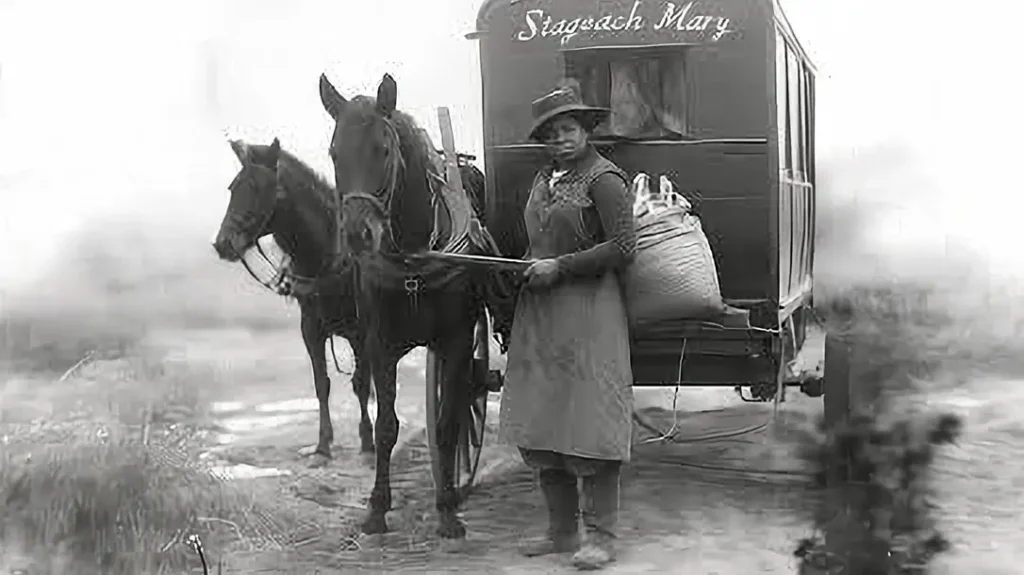
Mary Fields, “Stagecoach Mary”
Mary Fields was born into slavery in Mississippi and was emancipated in 1865. She found work on steamboats and eventually settled in Montana, where she worked at a mission run by nuns. She was known for her gruff demeanor, bad temper, and frequent association with men, often smoking and drinking in saloons. The mission nuns overlooked this because Mary was also hardworking, reliable, and had an enormous capacity for compassion and kindness. Eventually, Mary’s unorthodox ways were too much to ignore, and they had to relieve her of her duties.
Advertisement — Continue Reading Below
In 1895, at the age of sixty, Mary obtained a contract with the United States Post Office Department to be a Star Route Carrier. Mary was the first African American woman and the second woman to receive a Star Route contract. She used a stagecoach to deliver the mail in the harsh weather of northern Montana.
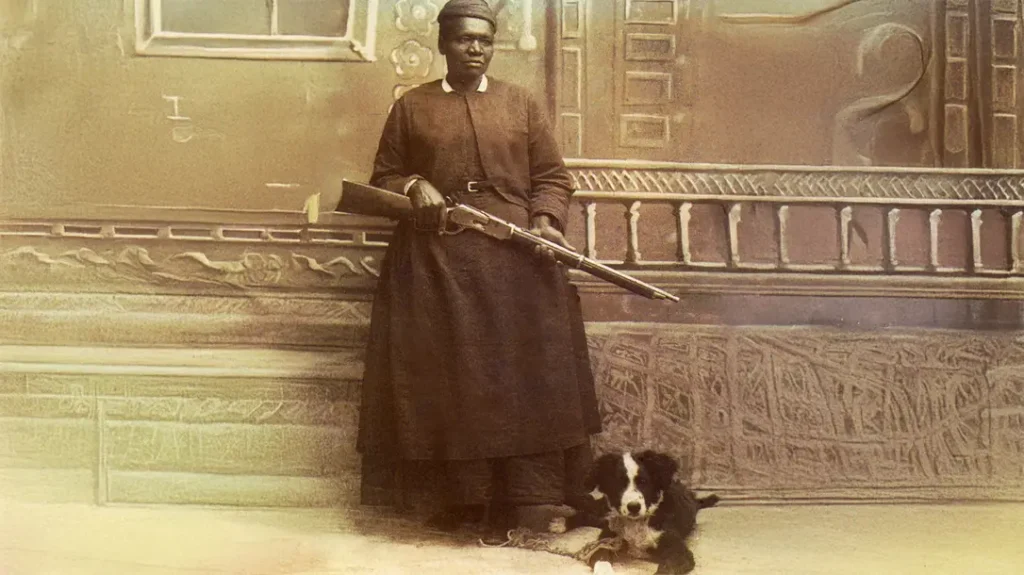
Mary built a reputation for being fearless while working as a mail carrier. Mary’s job was not only to deliver the mail but also to protect it from bandits, thieves, wolves, and other dangers. She navigated the harsh terrain and weather conditions. She stood six feet tall, was very powerful, and was known for carrying both a rifle and a revolver. Mary earned the nickname “Stagecoach Mary,” and anyone nefarious would steer clear of her.
Advertisement — Continue Reading Below
Never Missed a Day
Mary retired after eight years as a Star Route Carrier. Throughout her eight-year tenure, Mary never missed a day of work or one delivery. During this time, Mary became beloved by the locals of Cascade, Montana. Her fearlessness, generosity, and kindness to children made her adored. She started a laundry business, opened an eatery, and babysat local children. At her eatery, she never made anyone pay if they couldn’t afford it. Mary was so loved that the mayor of Cascade passed an ordinance allowing her to drink and eat for free. She could eat for free in all local hotels, saloons, and restaurants.
Mary Fields died on December 5, 1914. After her death, the townspeople raised money to have her buried. She was buried in a cemetery on a road she drove frequently between Cascade and the mission where she had worked. Her funeral was reportedly one of the largest in town. Cascade even erected a statue of her in her honor. Mary accomplished the unthinkable as a black woman during a very oppressed time in history. If you think about it, she accomplished and survived far more at 60 than most anyone could today!
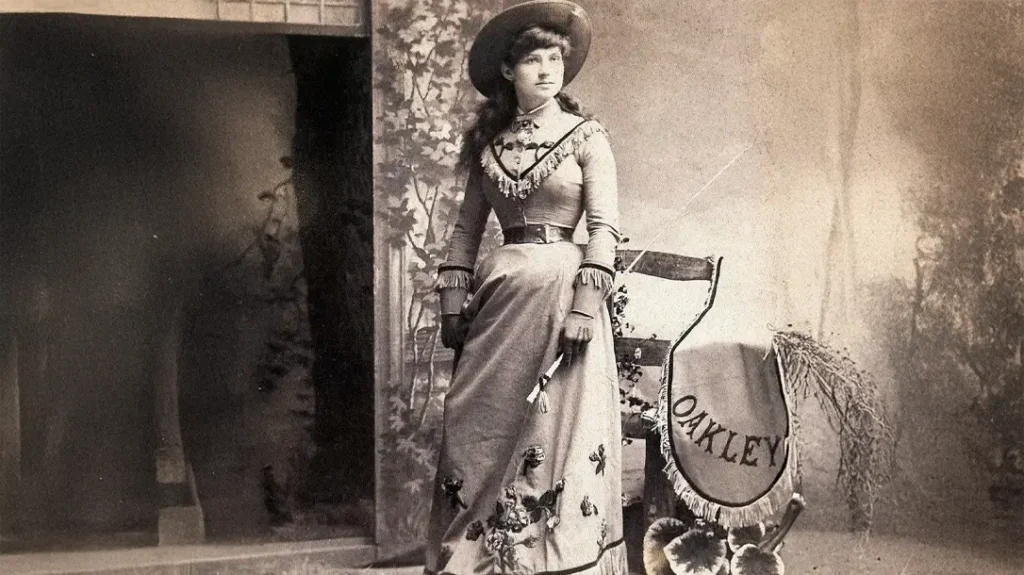
Advertisement — Continue Reading Below
Annie Oakley vs Lillian Smith -Buffalo Bill’s Wild West Show’s Internal Rivalry
We are all familiar with the legend of Annie Oakley’s remarkable shooting skills. From splitting playing cards in half to shooting the ash off her husband’s cigarettes, her skills were unmatched. Annie was in her mid-twenties and the central star of Buffalo Bill’s Wild West Show. During this time, a fresh-faced, fifteen-year-old Lillian Smith joined the cast.
William F. “Bill” Cody was the namesake and organizer of the famous Wild West show. He was a historical figure known for his skills as a scout, bison hunter, and showman. It was he who brought Lillian into the mix.
Both girls were accomplished shooters at a very young age and traveled with their fathers. They competed and performed, each with profound shooting skills. That’s where the similarities end. While Annie was raised in a loving and healthy environment, Lillian’s father exploited her to make money. Annie was known for her refined demeanor and conservative style. Lillian was quite the contrast, with a boisterous personality, an extremely flirtatious nature, and a flashier, yet distasteful, appearance.
Advertisement — Continue Reading Below
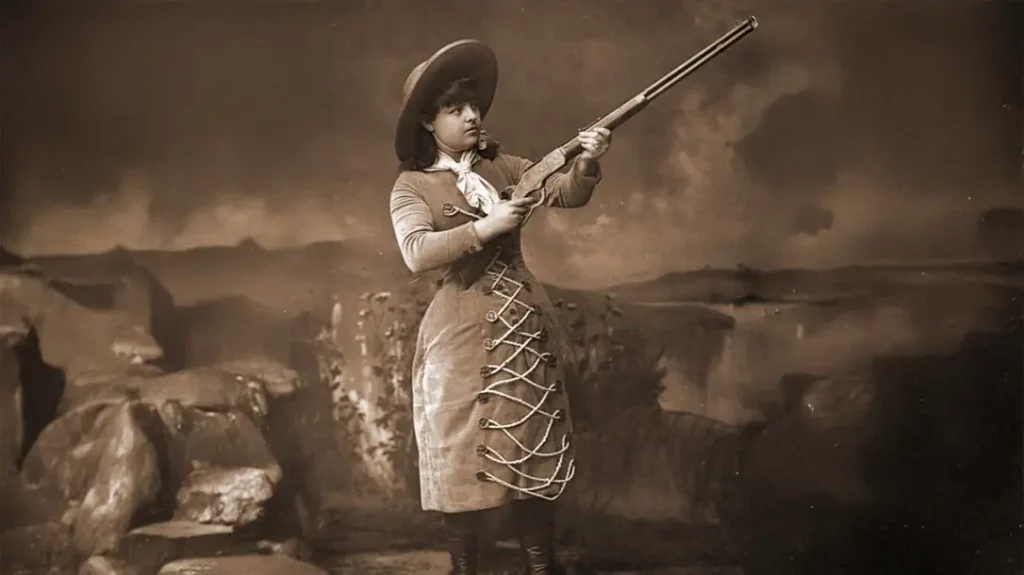
Women of the Wild West Heated Rivalry
The rivalry began the minute Lillian joined and proclaimed, right in front of Annie, that “Oakley was done for” now that she was part of the show. This began an 18–20-month competitive rivalry between the two ladies. This rivalry became quite heated during their London tour season. Annie outperformed Lillian, but Cody was said to have praised and favored Lillian over Annie.
Annie and her husband, Frank Butler, ultimately left the show. Lillian was now the main headliner, but failed to draw the same crowds or attention that Annie had. Lillian ended up going once Cody realized she’d never draw the same audiences as Annie did. Once Lillian left, Annie returned and performed until retirement.
Advertisement — Continue Reading Below
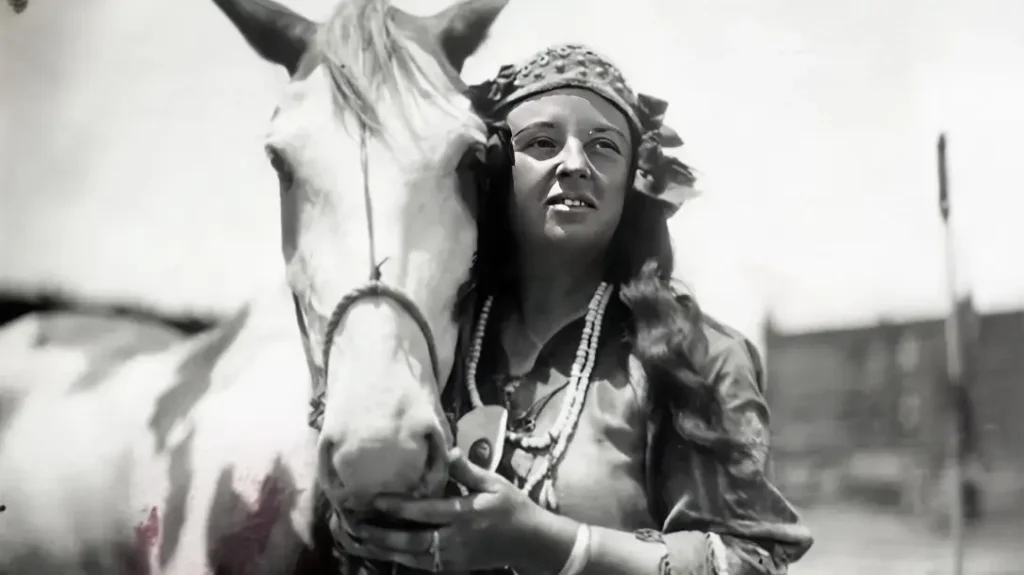
After retirement, Annie became a strong advocate for firearms education and teaching. She taught over 15,000 women how to shoot for sport and self-defense. She is quoted as saying that she “would like to see every woman know how to handle a gun as naturally as they know how to handle babies.”
Smith would never work with Cody again, but she tried to remain in the public eye, challenging Oakley to a shooting match. Oakley declined. Smith turned up a year later, in Mexican Joe’s Wild West with her skin darkened and her stage name changed. She changed to “Princess Wenona, the Indian Girl Shot.” The two female shooting stars did meet once more, both competing in the 1902 Grand American Handicap. Oakley outshot Smith that day. Then they went their separate ways, Oakley upward and onward into general acclaim, and Smith down into obscurity.
Advertisement — Continue Reading Below

Belle Starr
Belle Starr is one of the most notorious female outlaws and gunslingers of the Wild West. Born in 1848, Myra Maybelle Shirley Reed Starr was a classically educated young lady. Her life changed when a Union soldier attacked her family’s home during the early American Civil War. It is said that her brother, John A. M. “Bud” Shirley, traveled with guerrilla bands to act against the Union soldiers. Belle supported his efforts by spying for the self-named “buccaneers.” Federal troops killed Bud Shirley in late June 1864.
Belle married her first husband, James C. Reed, and had two children. Reed got involved with criminal gangs and associated with the Starr clan. The Starr clan was a Cherokee family known for committing crimes involving whiskey, cattle, and horse thievery. They also became involved with the James-Younger gang. James Reed was killed in 1874 in Paris, Texas, and Myra moved on after returning to the Starr gang.
Advertisement — Continue Reading Below
In 1880, she married Sam Starr and settled in the Indian Territory. Belle was skilled at organizing, planning, and fencing for the rustlers, horse thieves, and bootleggers. She also harbored them from the law. Belle’s illegal enterprises proved lucrative enough for her to employ bribery to free her colleagues from the law whenever they were caught.
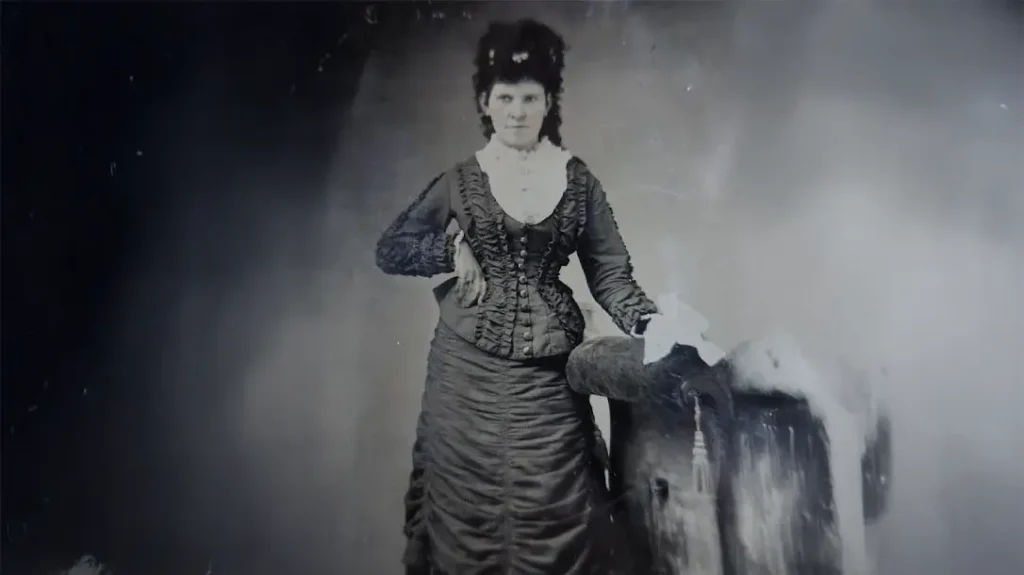
Arrested Twice
Belle was arrested for horse theft twice but convicted only once. She always had a strong sense of elegance and style, which fed into her later legend. She was a great shot and would ride sidesaddle while dressed in black velvet. Belle wore a plumed hat and carried two pistols, with cartridge belts across her hips.
Advertisement — Continue Reading Below
Women of the Wild West
On February 3, 1889, two days before her 41st birthday, Belle was ambushed and killed while riding home from a neighbor’s house. Her death resulted from shotgun wounds to the back and neck, and the shoulder and face. Legend says she was shot with her double-barrel shotgun. Although she was an outlaw, her name was made famous in a published biography. The biography was Belle Starr: The Bandit Queen, or The Female Jesse James, by Richard K. Fox.
